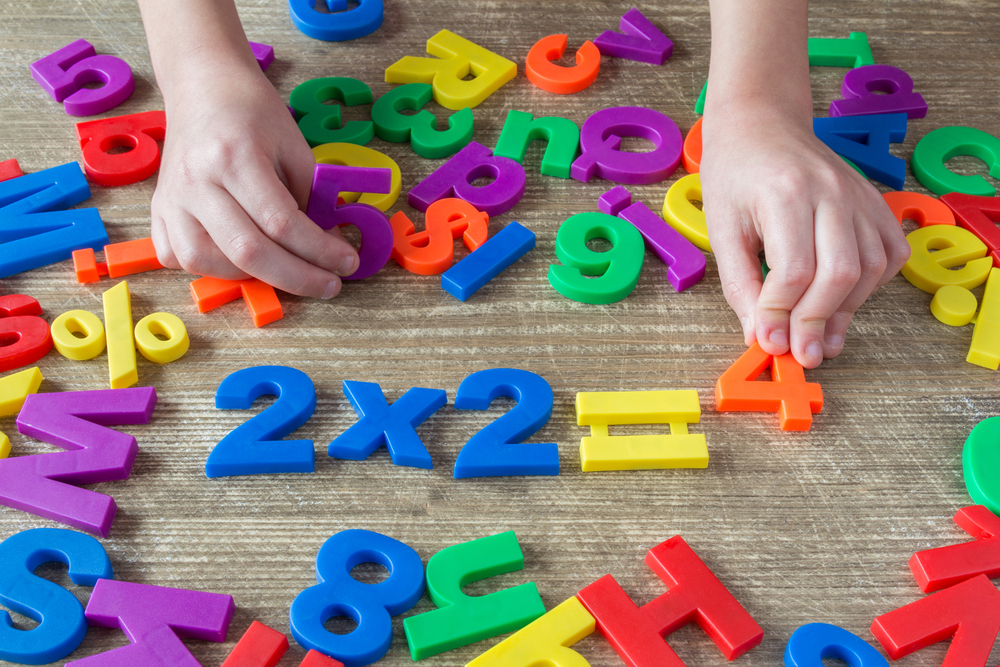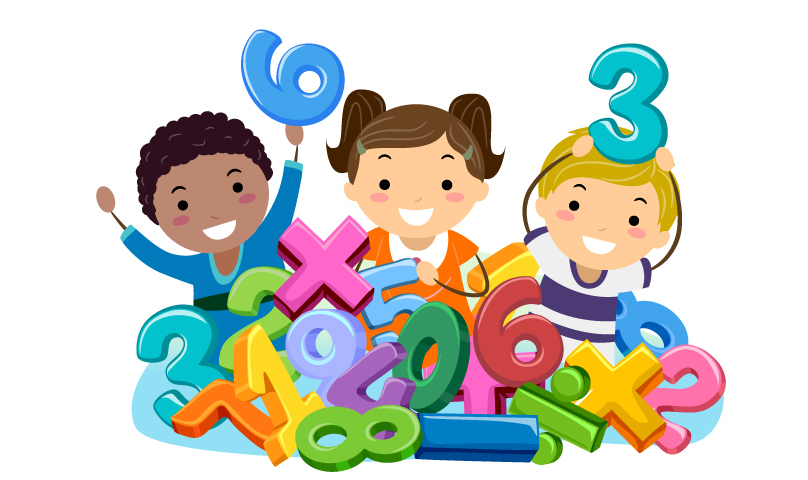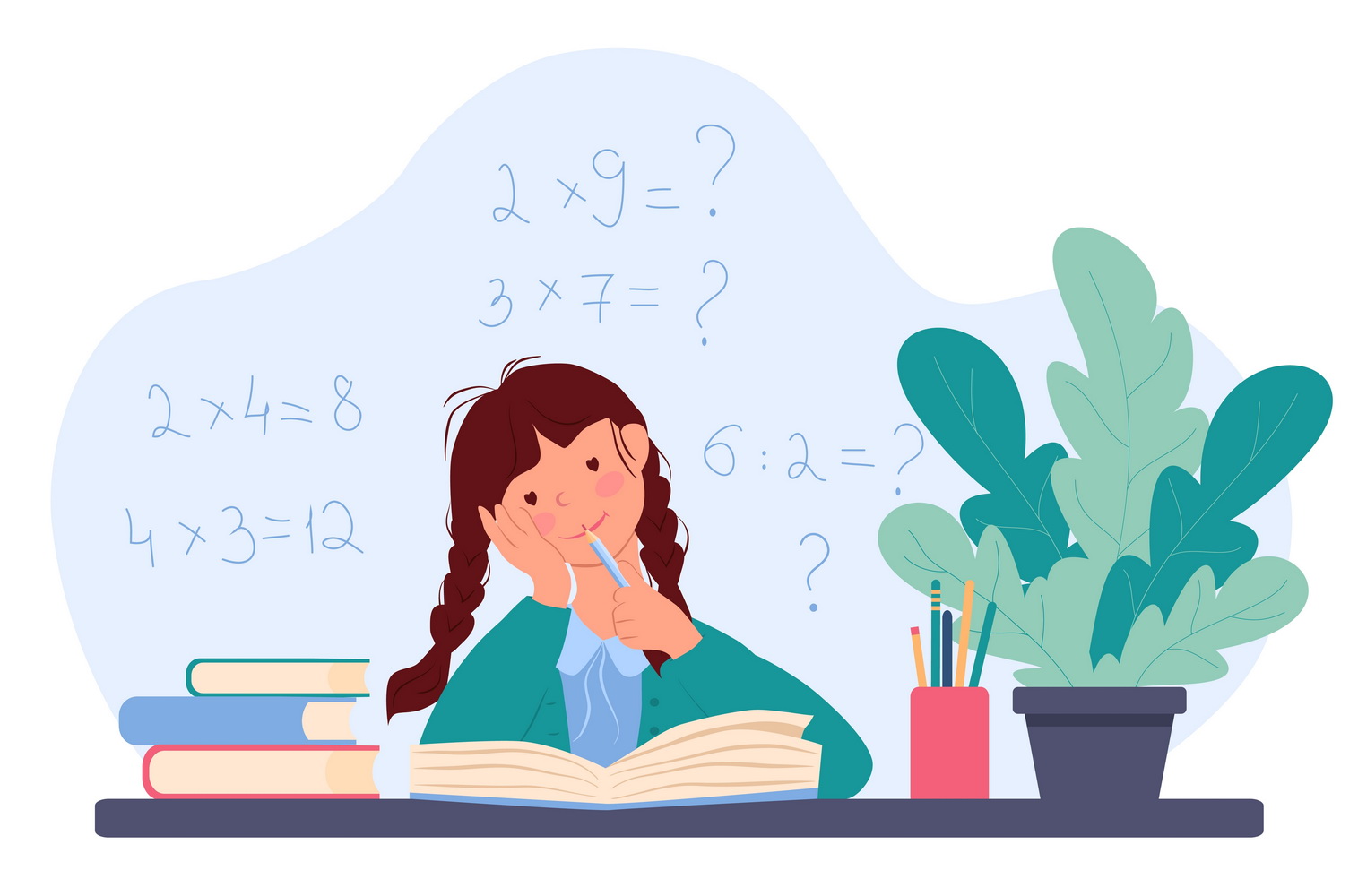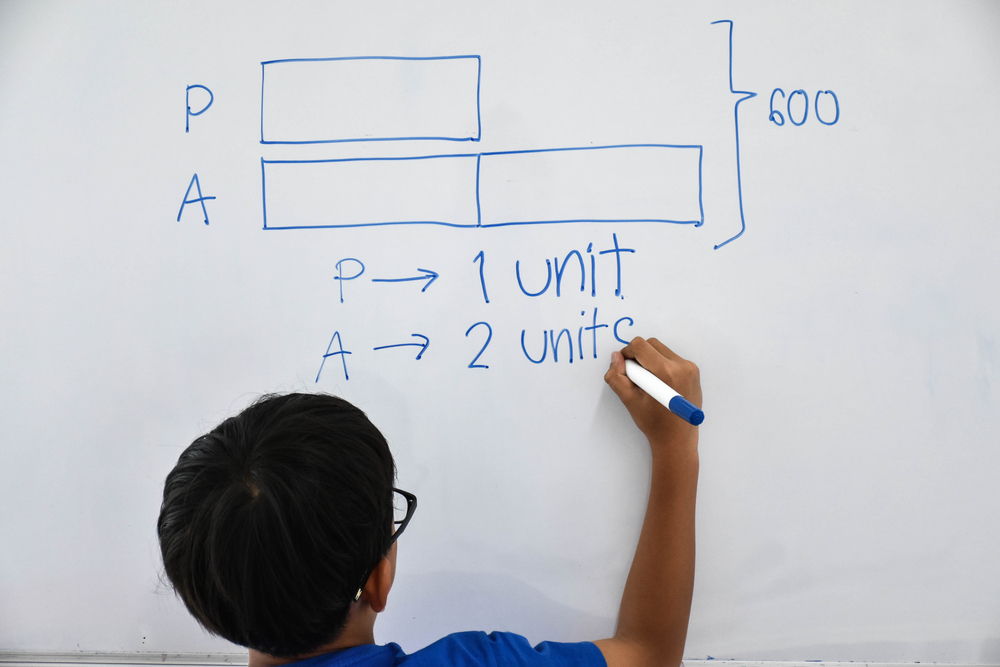Reading comprehension Arrays Worksheets for Ages 6-9
5 filtered results
-
From - To
Discover our engaging Reading Comprehension Arrays Worksheets designed for students aged 6-9! These interactive resources help young learners enhance their reading skills while exploring the concept of arrays in math. Each worksheet presents fun stories and problems that require students to interpret information, develop critical thinking, and solve challenges using arrays. Perfect for reinforcing reading comprehension, our worksheets promote vocabulary building and logical reasoning in a playful, accessible format. With colorful illustrations and varied activities, your child will enjoy improving their reading abilities and mathematical understanding simultaneously. Unlock their potential and make learning enjoyable with our comprehensive array worksheets!
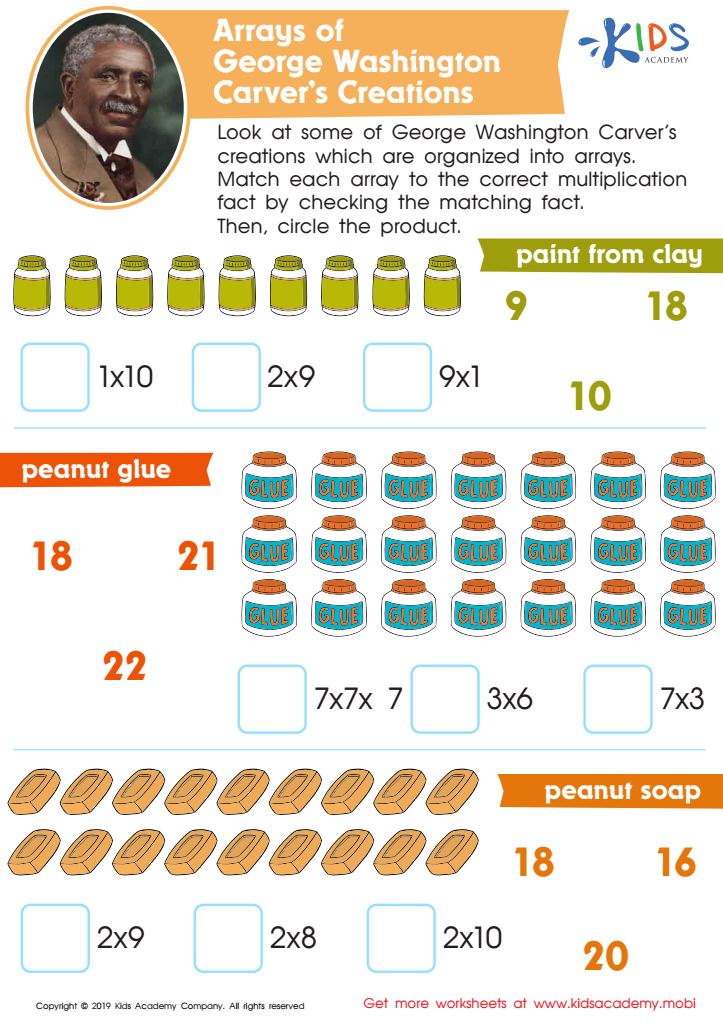

Arrays of George Washington Carver’s Creations Worksheet
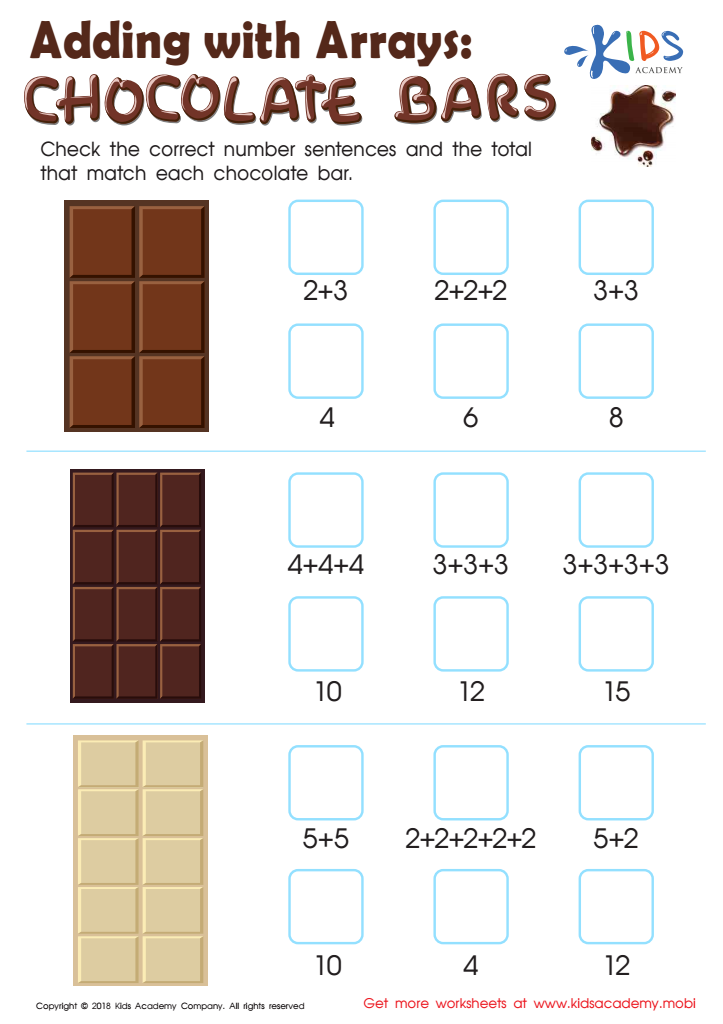

Adding with Arrays: Chocolate Bars Worksheet
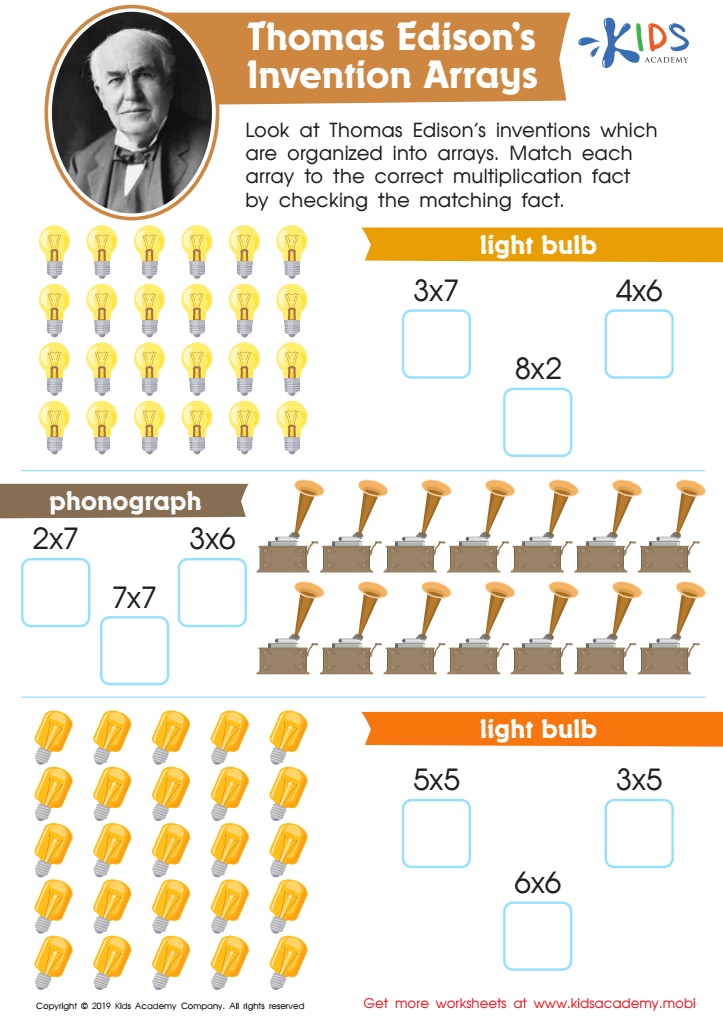

Thomas Edison’s Invention Arrays Worksheet
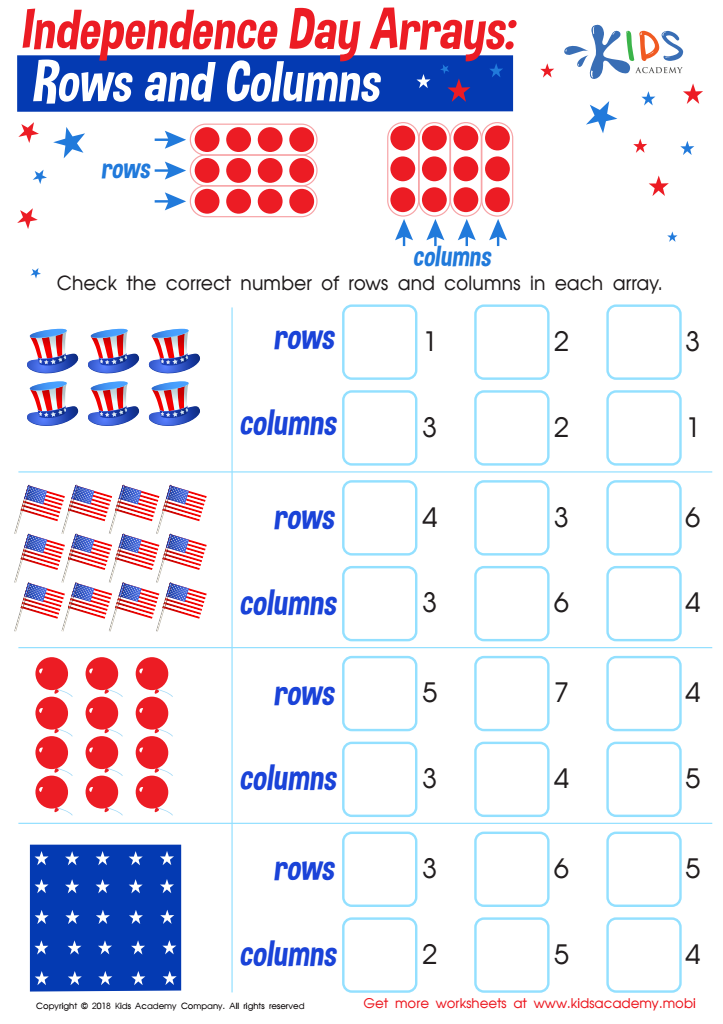

Independence Day Arrays: Rows and Columns Worksheet
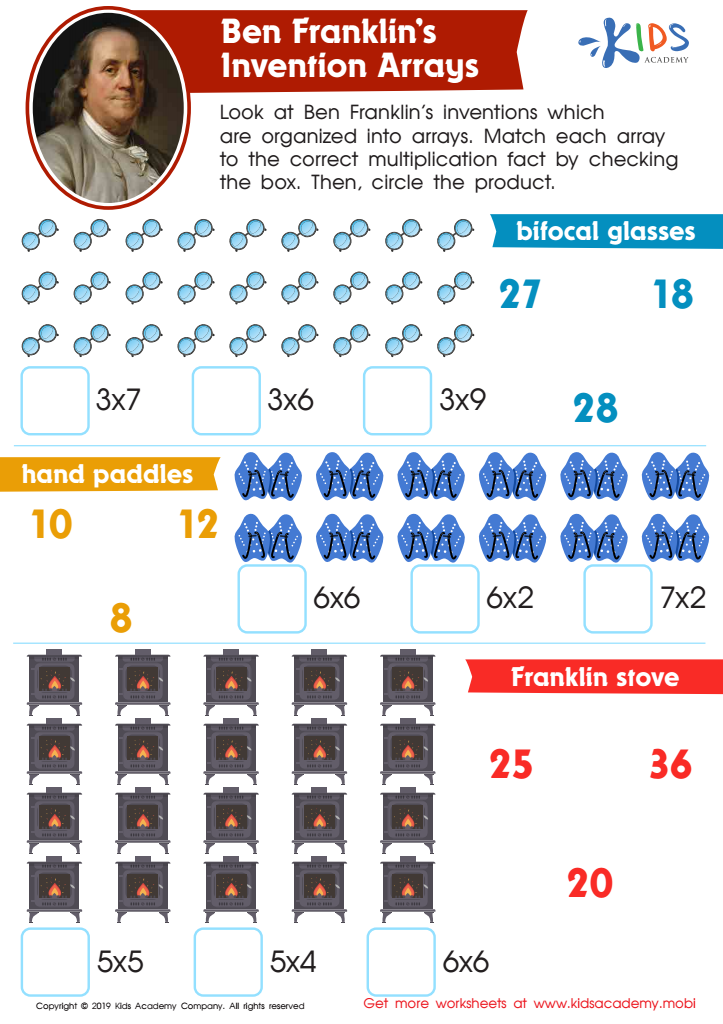

Ben Franklin’s Invention Arrays Worksheet
Reading comprehension is a crucial skill that lays the foundation for a child's academic success and lifelong learning. For children aged 6-9, a critical developmental period, understanding reading comprehension arrays becomes particularly important for several reasons.
Firstly, reading comprehension arrays help organize thoughts and information, allowing children to connect ideas within a text. By visualizing relationships between characters, events, and concepts, children develop deeper insights, which enhance understanding and retention.
Secondly, strong comprehension skills boost confidence and motivation. When children understand what they read, they are more likely to engage positively with books, which cultivates a love of reading—a fundamental aspect of education. Encouraging this engagement early on fosters lifelong reading habits.
Additionally, robust reading comprehension skills are essential for all subjects, not just language arts. As students progress in school, they encounter complex texts in math, science, and social studies, requiring the ability to extract and synthesize information for problem-solving and critical thinking.
Lastly, parents and teachers play a vital role in nurturing these skills. By utilizing comprehension arrays, they can support children through targeted strategies and exercises, thus equipping them with essential tools to succeed academically and develop essential life skills.
 Assign to My Students
Assign to My Students





